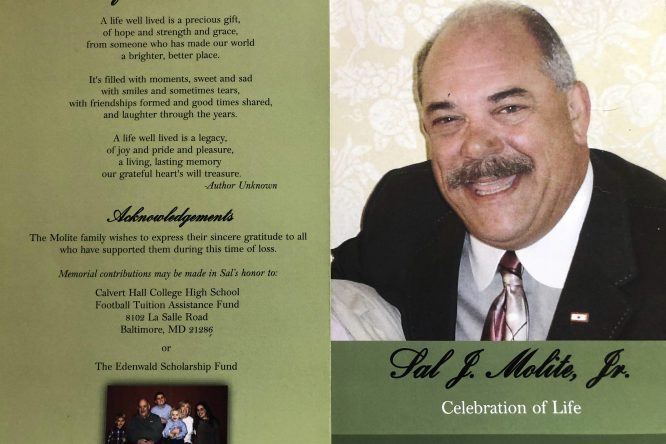During 2018, we have undertaken an ongoing blog series: We are taking a look at the opportunities and challenges faced by the diverse groups of Boomers and seniors being served by today’s aging services providers.
For our first article in the series, we examine a rapidly growing population in the United States: Latino Boomers and seniors.
The numbers don’t lie.
According to Pew Research, in 2015, there were 57 million Americans who identified as Hispanic or Latino. Between 2000 and 2014, 54 percent of the United States population growth came from Latinos. This growth hasn’t just occurred along the Southern borders, either. The top three counties for Latino growth in the United States are all in North Dakota, thanks to the Bakken shale oil boom.
Put yourself in the shoes of an aging Latino immigrant to the United States. You’ve probably come from a country with a lower standard wage and less opportunities. You’ve now worked in America, and you’re looking at retirement. If you were fortunate to work in an industry that provided retirement benefits, you might be in good fiscal shape; perhaps you can afford to retire to a community with quality care and a high standard of living. But is that community ready for you?
If we were to poll the sales & marketing directors at any number of communities around the country, they would say that their community is welcoming of Latinos and ready to meet their needs — and they aren’t being deceptive. From a sales & marketing standpoint, most aging services organizations are indeed ready for an influx of Latino residents, but the challenges don’t exist at the front door, so to speak; rather, they exist internally in the community and how the social structure of retirement may differ from the cultural norms that Latinos value.
Let’s start with marketing materials. Often, aging services organizations use a pastel palette, which conveys caring and relaxation. These colors traditionally appeal to women, who are often the key decision-makers regarding the retirement process, especially among Caucasians. According to Lester Long, who has studied Latino culture, the father is the head of the average Latino house, and while the mother is responsible for its maintenance, major decisions rest with the man. These family structures remain at the heart of Latino personal relations.
Family is one of the most important factors, if not the most important factor, for many Latinos. There is a strong sense of duty and honor for this demographic, especially when it comes to family hospitality. When travelling to other cities, Latinos opt to stay with family during the trip. Would that be allowed in your community? Could a Latino family stay with one of your residents for a few days? Offering this type of service could be a great addition to your marketing if you’re trying to attract Latino residents.
Appealing to potential Latino residents can also prove challenging because, as a culture, they place great importance on the present, with less concern for the future. Therefore, all of the “safety net” programs that aging services groups offer can fall on deaf ears in the Latino community. Concentrating on what your community offers today can prove more effective than discussing services that the potential resident may never need.
Latino residents are a huge opportunity for retirement service providers, but their wants and needs vary slightly from the position that senior sales & marketing professionals tend to take. By making some subtle changes to your strategy now, you could easily find your organization on the forefront of the Latino Boomer influx, giving you a leg up in the market.



